Have you ever wondered about the difference between horticulture and agriculture? While both involve cultivating plants, there are distinct differences between the two practices.
Horticulture and agriculture are both essential for providing us with food and other plant-based products. However, they differ in their methods, goals, and scale of operation. Understanding the difference between the two can help you make more informed decisions about your food choices and career path.
A comparison of horticulture vs. agriculture will be discussed in this article. It will be interesting to see how they differ and what characteristics they have in common.
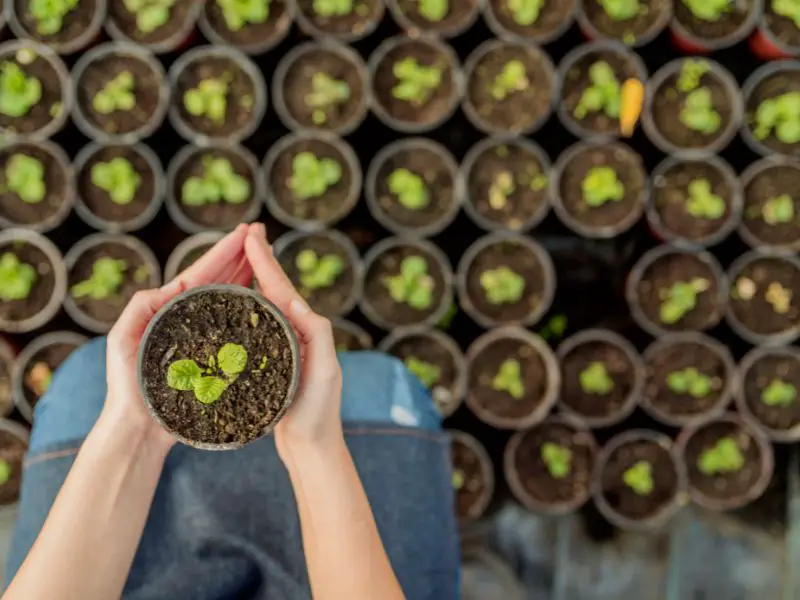
What’s Horticulture
Horticulture means “the science of cultivation.” It is a scientific field based on research that focuses on the development of plants and how to improve their general performance. Various criteria, including disease resistance, yields, stress tolerances, and harvest nutritional content, are used to evaluate crop performance.
Most horticulture work is done in controlled environments such as laboratories, requiring a good deal of biochemistry. The field of horticulture encompasses a broad range of scientific topics, some of which include cultivation, plant propagation, breeding of plants, production of crops, plant physiology, as well as biochemistry and genetic engineering, to name a few.
Characteristic of Horticulture
1. Modern Technology
Horticulture is the science of improving plant cultivation using cutting-edge methods and tools such as genetic engineering, biochemistry, and others.
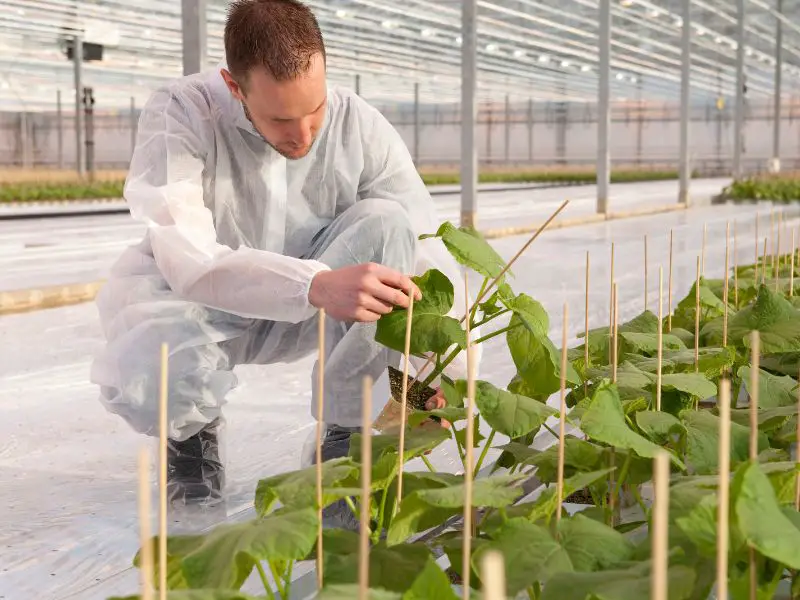
2. Higher Input and Value
The whole objective of horticulture is to enhance the cultivation of crops and plants. Since the discipline involves applying modern scientific research, the focus is on creating techniques that may increase agricultural yield and quality.
3. Capital Intensive
As with any other research subject, horticulture is a capital-intensive field that needs a substantial initial expenditure for greenhouse construction and maintenance, research, equipment acquisition, and other resources.
4. Diverse Production
As stated before, horticulture is not limited to creating agricultural processes but also involves studying various plants and trees.
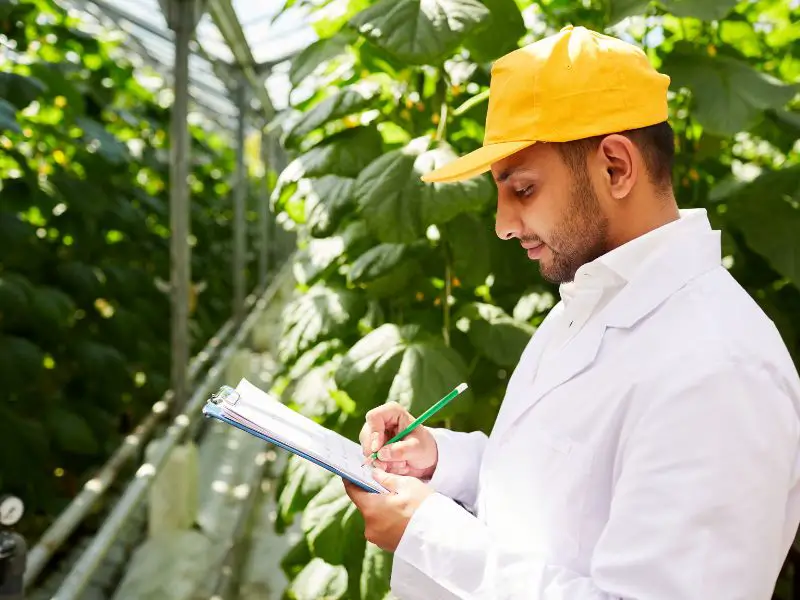
Check out: Designing a Permaculture Garden, How to Start an Indoor Vegetable Garden
What’s Agriculture
Agriculture is cultivating crops and animals only to provide human food. Most people think of it when they hear the word “farming,” and it’s the basis of the food business.
The purpose of plant agriculture is not to learn about the plant’s ideal growth circumstances but to create food for humans to consume. Hence it draws techniques and knowledge from horticulture to increase disease resistance and crop yields.
Related: Practices You Need to Know About Sustainable Agriculture
Characteristics of Agriculture
1. Use of Chemical Substances
While it may not be a desirable alternative, the agricultural process employs a variety of chemical compounds such as pesticides, fertilizers, and others to boost crop quality and quantity. These natural and artificial compounds are vital to today’s agricultural business since they increase crop output and protect crops from destructive pests and insects.
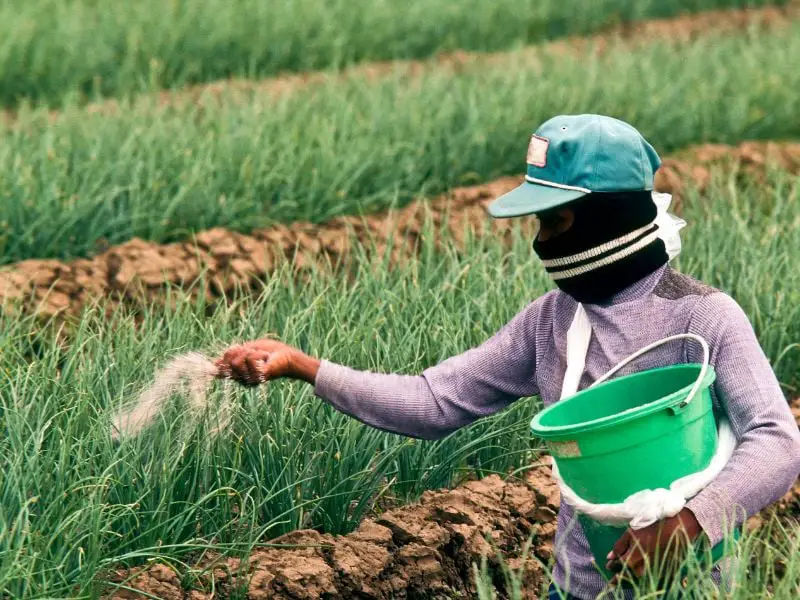
2. Production Cost
Crop production costs vary greatly based on crop output, transportation costs, raw material prices, and other factors.
3. Seasonality
Traditionally, crops are harvested exclusively during certain seasons, and several variables affect crop output as well as the flow of supply and demand.
Rediscovering Our Roots: Horticulture vs. Agriculture
In recent years, the debate on “Horticulture vs. Agriculture” has taken center stage. While these two disciplines are intertwined, society seems to be drifting towards the call to return to our roots.
The newfound appreciation for self-sustenance emphasizes the value of gardening, be it in personal backyards or community allotments. Such activities provide a gateway into the expansive world of horticulture, a vibrant subdivision of agriculture that blends the aesthetic with the functional in the realm of plant cultivation.
Horticulture: A Multifaceted Sphere
Diving into the intricate web of horticulture, we come across various specializations. Floriculture stands out with its emphasis on flowers and ornamental plants. In contrast, landscape horticulture brings to the fore the design and arrangement of green spaces. Then, we have focused sectors like Olericulture and Pomology, dedicated to vegetable cultivation and fruit crops, respectively.
Turf management is another realm altogether, dealing with the upkeep of grasslands primarily meant for recreational activities. By grasping the intricacies of these subdivisions, one can truly comprehend the depth and breadth of horticulture.
Seeds, Roots, and the Core of “Horticulture vs. Agriculture”
In the “Horticulture vs. Agriculture” discussion, the inception of any plant life often comes down to seeds. These minuscule life forms encapsulate the potential of growth, transformation, and sustenance.
Seed propagation in horticulture is a testament to this, especially with cross-pollinated plants where pollen transfer is integral. Through this method, we are bestowed with a myriad of horticultural crops ranging from roots, stems, and leaves.
The Fruits of Labour in Horticulture
Zooming into the horticultural space, Pomology deserves a special mention. This branch focuses on the science and commercialization of fruit and nut crops. By evolving techniques that augment the yield and quality of the produce, it resonates with the overarching theme of “Horticulture vs. Agriculture” and the merit of cultivating personal fruit plots.
The Aesthetics of Ornamental Plants
Beyond its pragmatic approach, horticulture extends its arms to the world of beauty through ornamental plants. Floriculture, in this regard, becomes pivotal. It’s about growing plants that are as much about allure as they are about function, capturing the essence of indoor and outdoor splendor.
Finishing up our talk about “Horticulture vs. Agriculture” isn’t just about comparing them. It’s like looking at the cool stuff each one does. Think about seeds doing their thing, roots getting cozy, yummy fruits popping up, and all the pretty things in nature.
The Main Difference Between Horticulture and Agriculture
The Fields of Study
Horticulture studies all plants, both those that can be eaten and those that can’t. On the other hand, agriculture only studies plants that can be eaten and animals.
Each Other’s Purpose
The study of horticulture seeks to get an understanding of the optimum environmental conditions for the development of various plant species.
Horticulture aims to determine the best growing conditions for a plant. It’s kind of like taking care of a garden.
Horticulture’s purpose is to determine how different kinds of plants grow best. It’s kind of like taking care of a garden. In agriculture, on the other hand, the purpose is to maximize yields for food production. It has to do with taking care of the field.
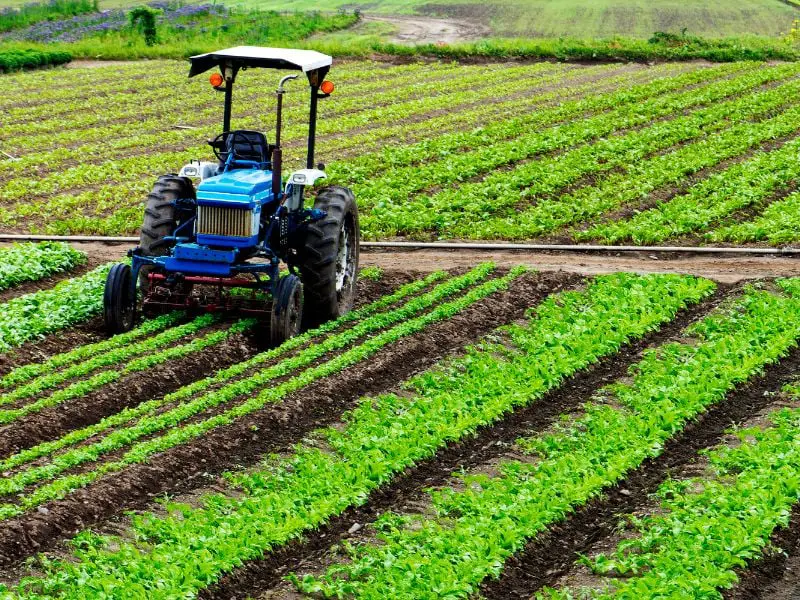
The End Goal
The goal of horticulture is to figure out how different plants grow best. It’s kind of like taking care of a garden. In agriculture, on the other hand, the goal is to get the most food out of each crop. It has to do with taking care of the field.
The Scope of the Study
Horticulture usually means gardening on a small scale, while agriculture usually means much more extensive operations.
The Scope of the Work
Horticulture is a research-based field where most work is performed in laboratories. In contrast, agriculture is a beneficial occupation, with the majority of labor performed in the area. That is not to suggest that agriculture does not use research; it does. However, this is not the center of the piece.
Seasonality
The entire cost of agricultural production varies considerably based on crop output, transportation expenses, and other factors.
Horticulture vs. Agriculture: A More In-Depth Comparison
Agriculture and horticulture are two distinct sectors within the realm of plant cultivation, but they often intertwine in various aspects. Agriculture predominantly covers large-scale operations that aim at producing vast amounts of food for human consumption. In contrast, horticulture vs. agriculture is more about small-scale operations, similar to gardening, that delve into the intricate conditions plants need to flourish.
When we consider the main objectives, the primary goal of agriculture is to increase food production to sustain the ever-growing human population. Horticulture vs. agriculture aims to understand and determine the optimal conditions for plant growth, often focusing on plants not necessarily meant for human consumption.
Growing crops and raising livestock are both significant components of agriculture. However, when comparing horticulture vs. agriculture in terms of plant cultivation, agriculture mainly emphasizes producing foods fit for human consumption. In contrast, horticulture carefully selects plants, sometimes choosing those that humans cannot consume, emphasizing aesthetics, or other beneficial properties.
Historically, agriculture has been the backbone of civilizations, a practical activity taking place in vast fields, and has been practiced since humans first learned to cultivate the land. Horticulture, however, is a relatively recent concept. When evaluating horticulture vs. agriculture from a developmental perspective, horticulture is primarily based on scientific research, often developed within the confines of a laboratory. Yet, it’s essential to note that agriculture has immensely benefited from the scientific advancements in horticulture, leading to improved crop yields and sustainable farming practices.

Frequently Asked Questions (FAQs)
Bottomline
In conclusion, Agriculture is a large-scale technology of animal farming and plant cultivation. Its primary use has usually been to supply humans with food, but it can also produce some progression of materials for other services, such as fuel and wood.
As agriculture vastly grew in the 18th century, horticulture emerged simultaneously with a diverse appeal. The practices of horticulture and agriculture were so different that they could be completely separate. Although they could draw many benefits from practicing both, horticulture was a practice that was labor intensive and required less traditional agriculture skills.
Though advances in agricultural technology gradually reduced the differences between the industry of horticulture and agriculture, the practice of horticulture in developing countries is still widely seen as a sophisticated technology by many farmers. Horticulture does not require the expensive equipment used in agriculture, like tractors, plows, and harvesters. Small-scale horticulture yields only a small amount of food at a time but can produce rice even in rocky soils.



;?>/smartquizbuilder/includes/images/sqb-registration-img.jpg)




1 thought on “Horticulture vs. Agriculture: Understanding the Basic Differences”